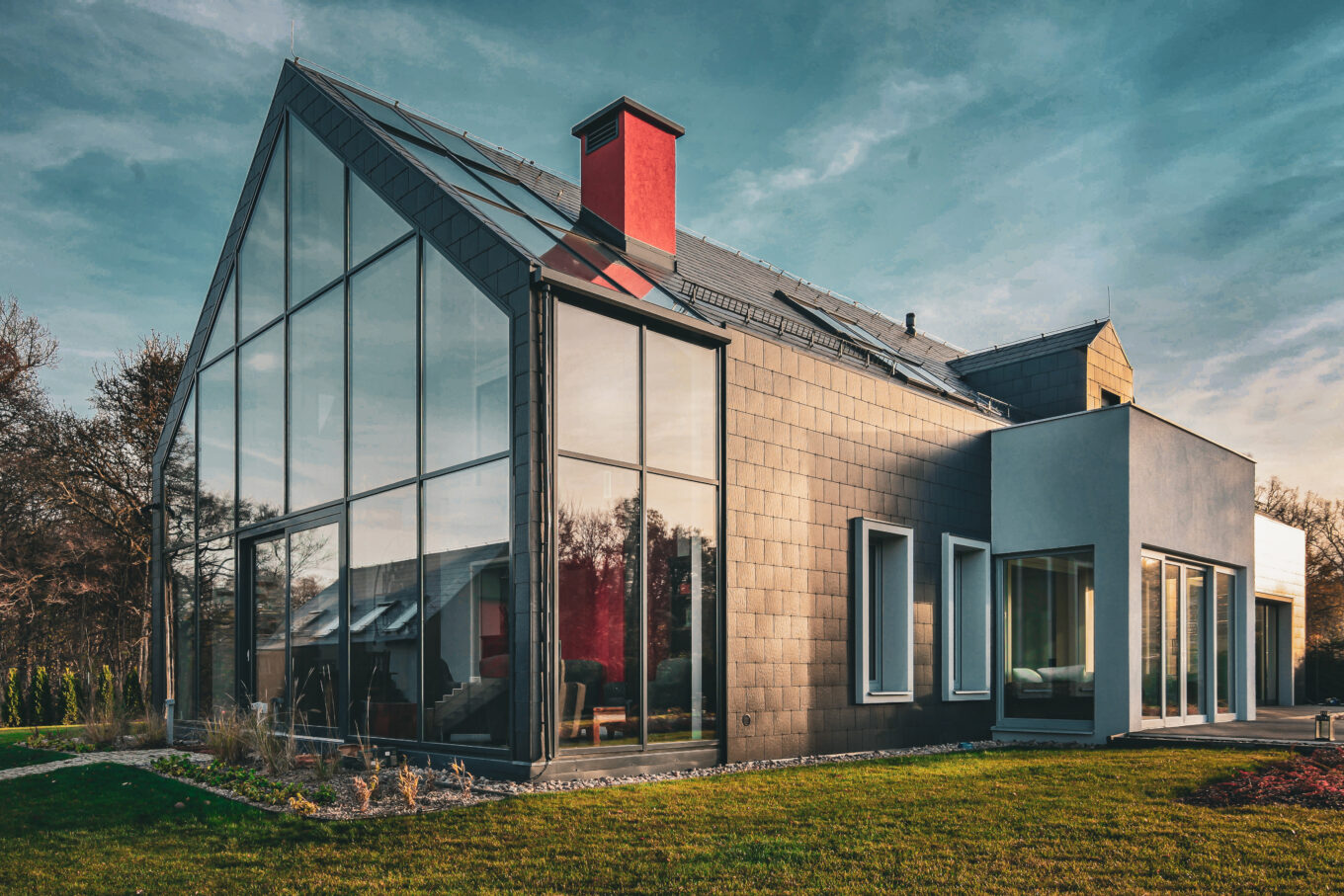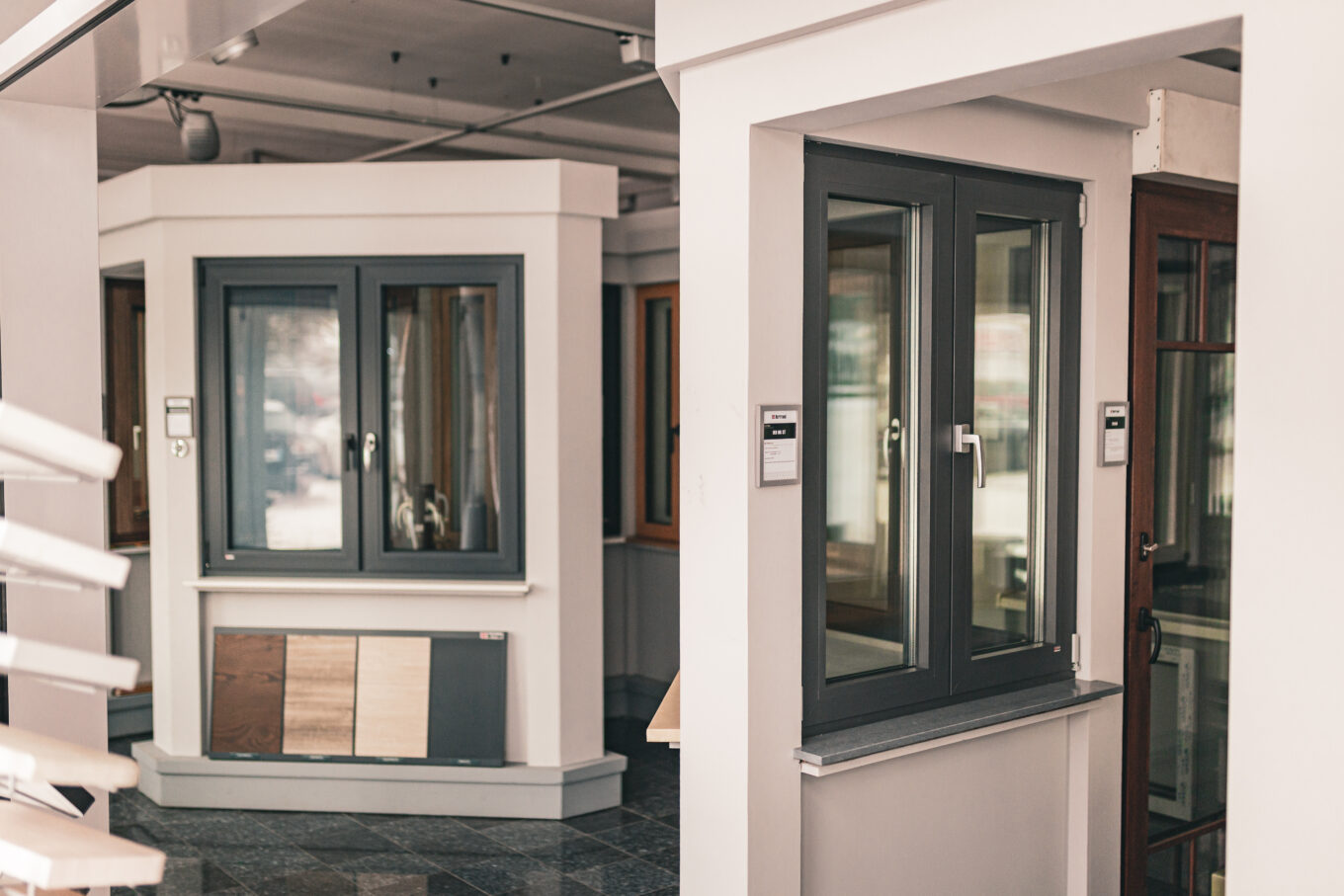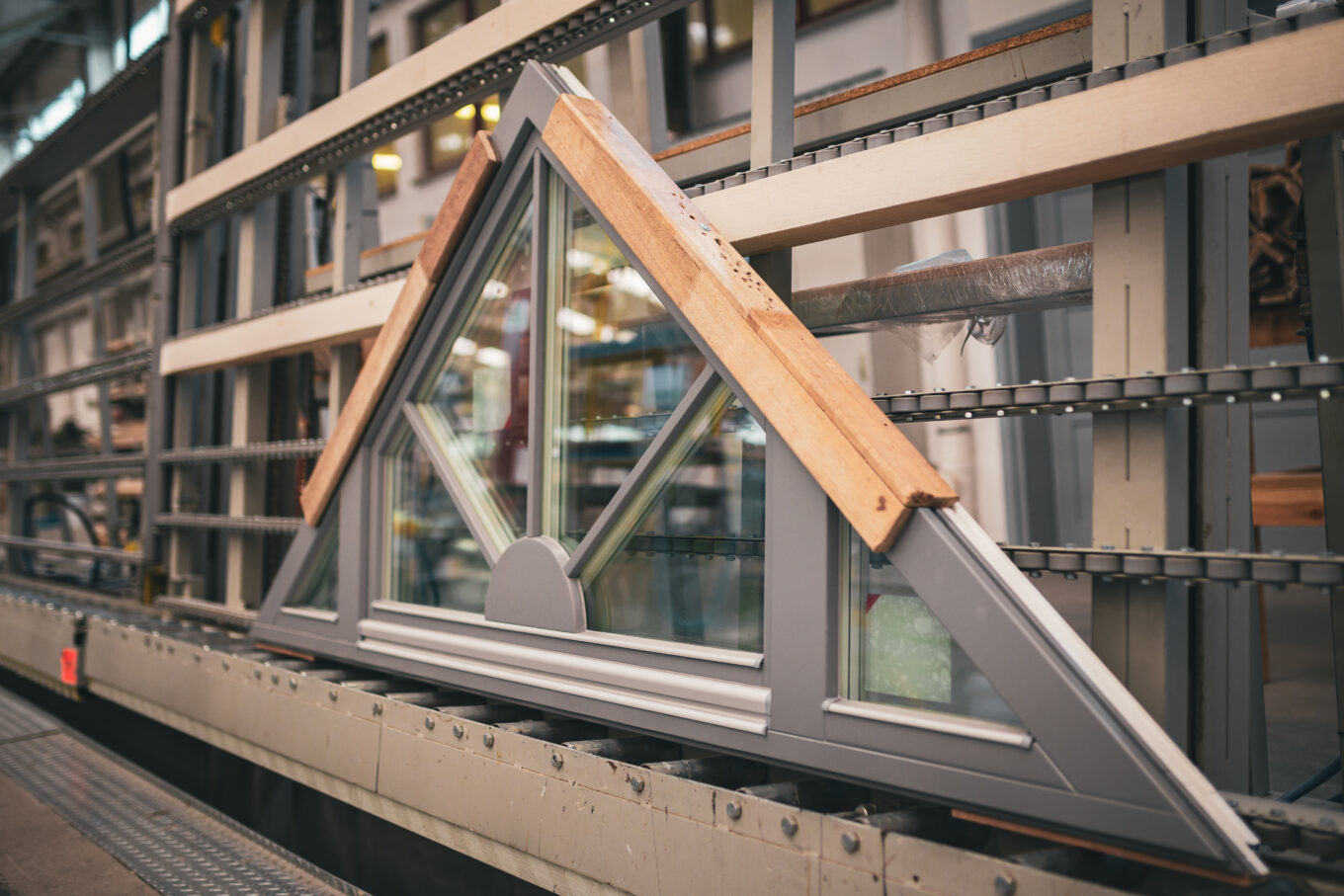You may have heard this concept before, but have never thought about it deeply. This is because passive construction is not discussed on the tram or at Sunday dinner. However, if you are building a house or intend to do so soon, you must become more familiar with this term.
Passive construction is nothing else than an approach to the design and construction of buildings that focuses on minimizing energy consumption through the use of advanced insulation, ventilation and heating technologies. To put it simply: the goal of passive construction is to create a building that consumes very little energy and is sometimes even self-sufficient in terms of energy. What does it mean? First of all, great savings.

Characteristic features of passive buildings are:
- Well-designed ventilation: Passive buildings are designed to provide effective ventilation without the need to use traditional heating and cooling systems.
- Appropriate building orientation: Passive building design takes into account optimal orientation to the sun to take advantage of natural sunlight and minimize the need for artificial lighting.
- Adequate thermal insulation: Passive buildings are very well insulated, both in the walls, roof and floor, to limit heat loss through the structure.
- Passive heating: Passive buildings can use natural heat sources, such as solar radiation and heat generated by household appliances, to heat the interior of the building.
- Low energy consumption: The main goal of passive construction is to reduce energy consumption, both during the operation of the building and in the process of construction and production of materials.
Both passive construction and passive windows are becoming more and more popular in many regions of the world due to the many benefits related to energy saving, sustainable development and resident comfort.
Passive windows are a key element in passive construction. They are characterized by very high thermal insulation. This means that they minimize heat losses and provide excellent thermal insulation. Windows of this type are usually equipped with multi-chamber profiles, special insulating layers and triple or even triple glazing with a low-emission coating. Additionally, passive windows can be equipped with advanced sealing systems that eliminate air leaks.
- High thermal insulation: Passive windows are designed for maximum thermal insulation. Their design is based on multi-chamber profiles that prevent heat conduction outside and minimize heat loss inside the building.
- Triple or triple glazing: they are usually equipped with triple or triple glazing, which additionally increases thermal and acoustic insulation. These additional layers of glazing help maintain a stable temperature inside the building and reduce noise from outside.
- Low-emission coatings: Glass is often covered with special low-emission coatings that reduce the penetration of UV radiation and increase the energy efficiency of windows by reflecting heat into the rooms.
- Special profiles and seals: Window profiles in passive systems are designed to minimize thermal bridges and provide excellent tightness, eliminating air leaks and protecting the interior of the building against heat loss.
- Mechanical ventilation with heat recovery: Some window systems from the passive category can be integrated with advanced mechanical ventilation systems with heat recovery. This allows for the effective use of the heat of exhaled air to heat freshly introduced air, which further increases the energy efficiency of the building.
- Resistance to weather conditions: Passive windows are also designed to withstand a variety of weather conditions, ensuring durability and reliability for many years.
One of the passive systems we offer is MB 104. This solution enables the production of various architectural elements, such as windows, vestibules, shop windows or spatial structures, characterized by excellent thermal insulation and high acoustic insulation, water and air tightness, and exceptional structural strength.

The structure of profiles in the MB-104 Passive system has been developed in two variants, SI and AERO, adapted to various requirements regarding thermal energy savings. The parameters of windows made using MB-104 Passive exceed current standards and regulations regarding thermal insulation, which makes this system an ideal solution for energy-saving and passive construction.
Remember that choosing windows is often a decision that will last for years. In such a situation, it is worth investing in a solution that will not only be practical and convenient, but will also bring not only a lot of joy in the coming years, but also - at the same time - a lot of savings.




